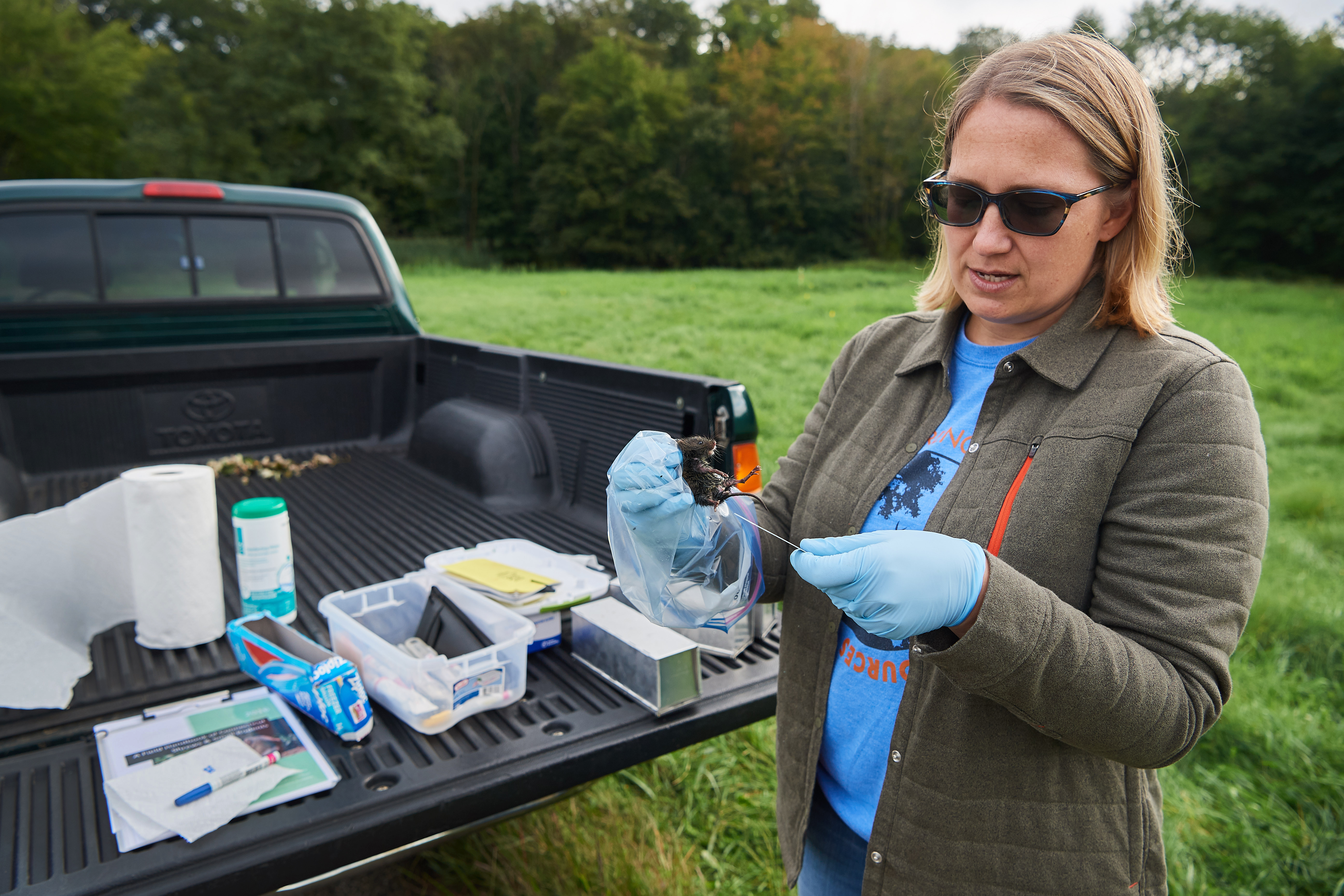“They’re just so quiet. People don’t see them even though they’re right there,” says Tracy Rittenhouse of the Connecticut bobcats she is studying. “I think they’re living in places more urban than we ever imagined.”
Her students have shown her pictures of a bobcat they spied in the parking lot of the Young Building on campus. “Bobcats are very good at avoiding people even though they’re active at all times of the day and night.”
Rittenhouse, associate professor of natural resources and the environment, was asked to help analyze data for The Bobcat Project that Connecticut’s Department of Energy and Environmental Protection (DEEP) began last year.
Despite having studied the state’s populations of everything from salamanders and bats to deer and bear, she finds this survey “super exciting.” Few in-depth studies have been done on bobcats anywhere in the country. So there’s a lot to learn.
To read the full story, go to magazine.uconn.edu.



